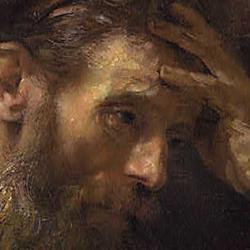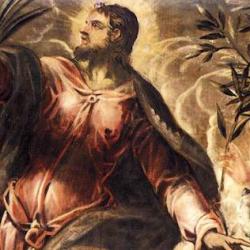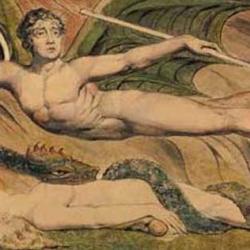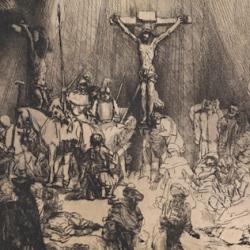Douglas Campbell (Deliverance of God, 640-656) solves a number of issues at a stroke with his complex, layered explanation of Paul’s use of hilasterion in Romans 3:25.
The word is used most commonly in the LXX to refer to the “mercy seat” above the ark, especially in connection with the Day of Atonement. So to say that God presented Jesus publicly as a hilasterion is to say that His death is the definitive Yom Kippur.
This is set, Campbell argues, in a larger “martyrological narrative.” 4 Maccabees 17 is especially important, since it is the only other extant text where hilasterion is used to refer to an atoning death, rather than to an object. To say God put Jesus forward as a hilasterion thus implies also that it is Jesus’ martyrdom in particular that atones.
And behind this, further, is the Aqedah, the “binding of Isaac,” Abraham’s near-sacrifice of his beloved son. That event took place at Mount Moriah, the temple mount, the very place where the High Priest sprinkled blood on the hilasterion on Yom Kippur. Jesus’s death atones as He is the greater Seed of Abraham, offered as an atonement.
One of the important implications here is that Jesus’ death, like Isaac’s, is the founding “sacrifice” of a cultic order. Isaac “died and rose” on Moriah, and the Aqedah was reenacted every time a “son of the herd” was brought to the temple, and especially with the complex rites of the day of atonement. As Isaac’s “sacrifice” founded a provisional cultic order, so Jesus’s full sacrifice founds the climactic cultic order at the end of the ages.














